Mission, Goals & Outcomes
Learn how we are continuing to innovate our Physician Assistant Studies program and see PA graduate feedback.
Mission Statement
The mission of the Master of Physician Assistant Studies Program is to develop competent and compassionate physician assistants by providing students with education and experiences that support professional excellence and engagement with various patient populations and communities.
Goals & Outcomes
Goal #1
Prepare competent healthcare providers for successful transition to the practice of medicine.
The program strives to achieve the 1st time pass rate within 5% of the national mean or above.
First time PANCE pass rate for 3 most recently graduated classes:
| Program | Mean | National Mean | % of National Mean |
|---|---|---|---|
| PA Class of 2022 | 91% | 92% | -1.1% |
| PA Class of 2023 | 98% | 92% | +6.5% |
| PA Class of 2024 | 97% | 92% | +5.4% |
The program expects at least 95% of its graduates to report being adequately or well prepared.
Graduate Exit Survey Feedback:
Results are reported as percentages of graduates who responded being adequately or well prepared.
| SURVEY QUESTION | % of graduates responding "Adequately or Well Prepared" | ||
|---|---|---|---|
| PA Class of 2022 | PA Class of 2023 | PA Class of 2024 | |
| "The didactic phase prepared me for clinical rotations" | 99% | 93% | 99% |
| "The clinical year prepared me for professional practice" | 97% | 100% | 100% |
| "I feel prepared by the PA Program to take the PANCE" | 98% | 97% | 100% |
Survey response rate: PA 2022 – 87%, PA 2023 – 55%, PA 2024 – 88%
Goal #2
Prepare students to serve the community and various patient populations.
The program didactic curriculum includes a course – Medical Management of Vulnerable and Medically Underserved (MMVU). As a result of this course,the program expects at least 95% of students to understand social determinants of health, health disparities, and populations at risk.
MMVU Survey:
Responses reflect the 3 most recently graduated classes.
| SURVEY QUESTION | % of graduates responding "Yes" | ||
|---|---|---|---|
| PA Class of 2022 | PA Class of 2023 | PA Class of 2024 | |
| “I understand social determinants of health and their impact on access to care.” | 100% | 100% | 95.8% |
| “I am able to define healthcare disparity and identify populations at risk.” | 95% | 94% | 95.8% |
Survey response rate is 100% for all classes.
The program ensures 100% student participation in service-learning experiences including Community Medicine and Mobile Health Clinic during the clinical phase.
Community Outreach and Mobile Health Clinic Sites:
Catholic Charities, Senior Center, Mexican Consulate, Nevada Homeless Alliance, Volunteers in Medicine of Southern Nevada, Homeless Encampments, The Shade Tree Women’s Shelter, Safe House, Friends of the Desert, Salvadoran Consulate, The Giving Project, The Just one Project, The Catholic Worker
The program expects at least 95% of its graduates to rate their preparation as satisfactory or proficient.
Graduate Exit Survey Feedback:
Results are reported as percentages of graduates who reported proficient or satisfactory ratings.
| SURVEY QUESTION | % of graduates responding "Proficient or Satisfactory" | ||
|---|---|---|---|
| PA Class of 2022 | PA Class of 2023 | PA Class of 2024 | |
| “Rate your knowledge and skills to provide care to diverse populations.” | 100% | 100% | 100% |
| “Rate your knowledge and skills to provide care to medically underserved and vulnerable populations.” | 100% | 100% | 98.5% |
Survey response rate: PA 2022 – 87%, PA 2023 – 55%, PA 2024 – 88%

